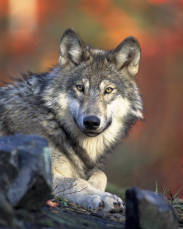 Generally we don’t cover wolves because the news has more to do with politics than with scientific research. However, wolves have been in the news a lot these last few months, as several states had their first wolf hunting seasons, and state wildlife departments play a starring role, so it makes sense to at least round-up some of these stories. Fittingly, the first one is:
Generally we don’t cover wolves because the news has more to do with politics than with scientific research. However, wolves have been in the news a lot these last few months, as several states had their first wolf hunting seasons, and state wildlife departments play a starring role, so it makes sense to at least round-up some of these stories. Fittingly, the first one is:
Minnesota wolf management is based on sound science and conservation principles
In response to a petition to stop the state’s first wolf hunt, the Minnesota Department of Natural Resources issued this press release. (Press release)
Wolves kill bear hounds in Wisconsin
The Wisconsin Dept. of Natural Resources notices aren’t on-line, but the Milwaukee Journal Sentinel published a similar notice. Find the link to the records mentioned, here.
Wolf season closes in one of Montana’s management districts
(Flathead Beacon)
Wyoming wolf hunt began Oct. 1
(Wyoming Star Tribune)
Fish and Game Commission Vote Clears Way for Further Study of Wolf Status
The California Fish and Game Commission will perform a 12-month status review of the gray wolf before deciding if it warranted endangered species status. (Press release)
Mexican Wolf Not a Subspecies, Feds Say
WildEarth Guardians press release, here.
Federal Register, here.
Guarding Sheep to Save Wolves
A New York Times article on a Defenders of Wildlife program to use nonlethal deterrents to keep wolves away from sheep.
News from the Wyoming wolf hunt
(Jackson Hole Daily)
Classes preach caution during Montana’s first trapping season
(Missoula Independent)
Hunters ready for 1st wolf hunts in Wis., Minn.
(Associated Press/Seattle Times)
(Also, Wisc. hunt in Chippawa Herald)
Wolves play a role in Okanogan County (Washington) elections
(Wenatchee World)
Wildlife groups step up to stop [Minnesota] wolf hunts
(Minnesota Daily)
Big mamas help wolf pups thrive [in Yellowstone]
(Billings Gazette)
Oregon wolf collaring and depredation records
(Oregon Department of Fish and Wildlife)
Minnesota DNR studies wolf behavior as hunting season approaches
(Minnesota Public Radio)
Recent killing in Washington reignites wolves-livestock debate
(AP/Bellingham Herald)
Photo of gray wolf by Gary Kramer, courtesy US Fish and Wildlife Service

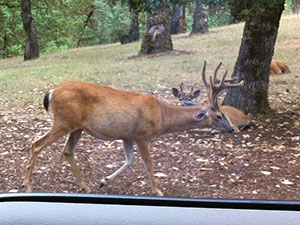 Epizootic Hemorrhagic Disease (EHD) has been confirmed as the cause of death in over 100 deer in southwestern Oregon,
Epizootic Hemorrhagic Disease (EHD) has been confirmed as the cause of death in over 100 deer in southwestern Oregon, 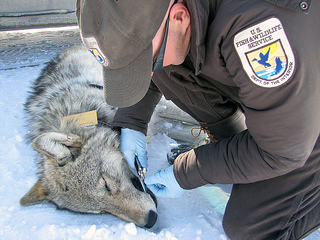 restoration efforts in the region began.
restoration efforts in the region began.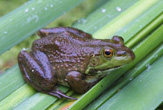

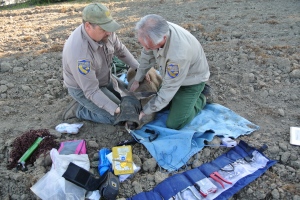 Earlier this summer, New York State Department of Environmental Conservation wildlife biologists banded 15 peregrine falcon chicks from five nests in western New York State. The birds are part of the growing peregrine population in the state.
Earlier this summer, New York State Department of Environmental Conservation wildlife biologists banded 15 peregrine falcon chicks from five nests in western New York State. The birds are part of the growing peregrine population in the state.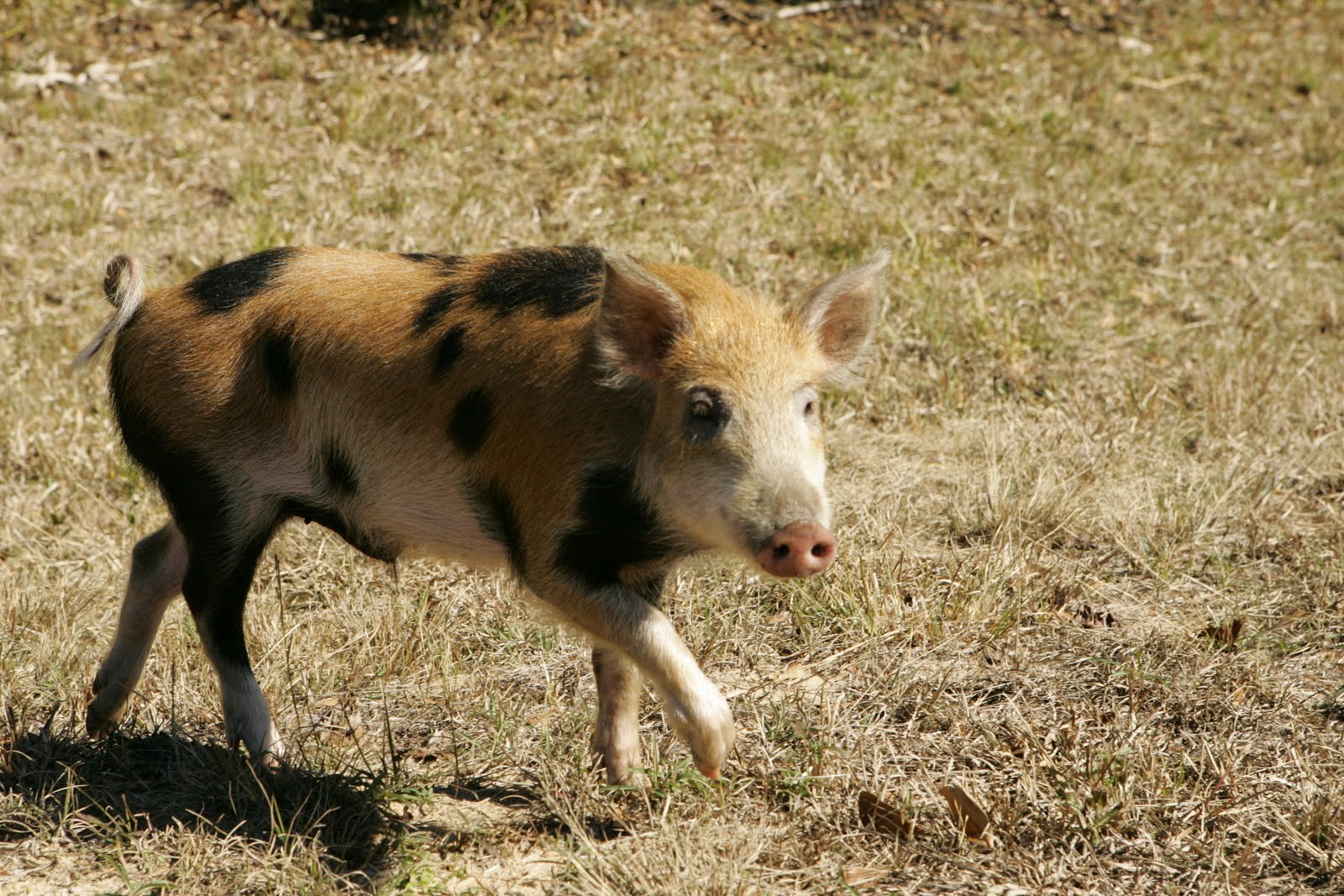 Old MacDonald never had it so good with his own domestic pigs. But if he has a farm in the Northwestern US, he may soon regret the success of feral swine, which have become a big problem in Idaho, Oregon and Washington.
Old MacDonald never had it so good with his own domestic pigs. But if he has a farm in the Northwestern US, he may soon regret the success of feral swine, which have become a big problem in Idaho, Oregon and Washington.